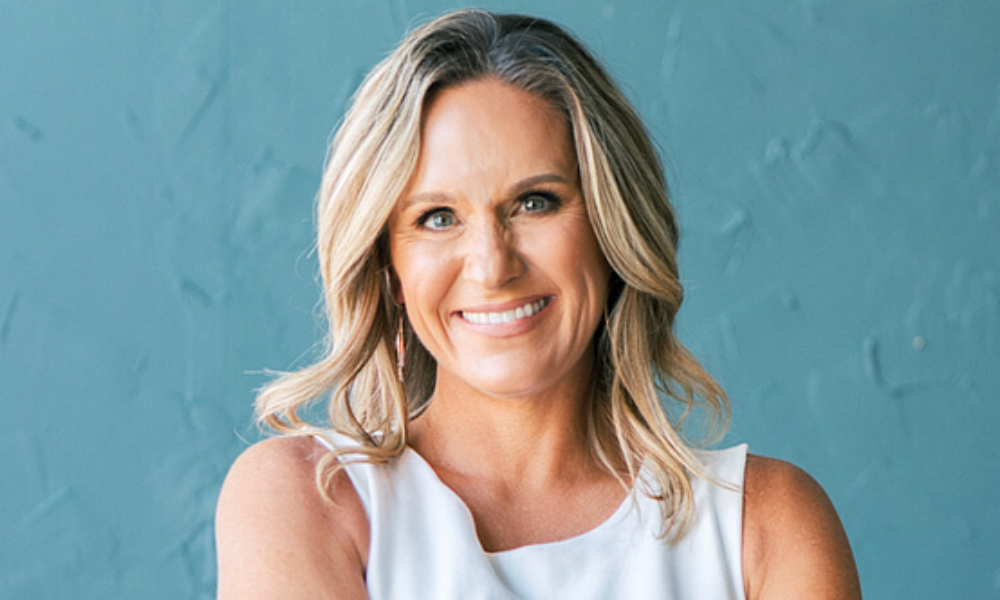Innovations 'desperately needed' to help people with care they need

When it comes to mental health offerings, employers should not take a one-size fits all approach.
This is because different workers seek out different avenues of help for their mental health needs, finds a study from MetaBrain Labs.
Specifically, men (63.64 per cent) are far more likely than women (36.36 per cent) to have turned to coaches and mentors to address emotional or mental struggles, found the survey of over 1,000 workers in the U.S., Canada and Europe.
Meanwhile, women are far more likely to turn to mindfulness and meditation (54.79 per cent, compared with 45.21 per cent of men) and therapy with a psychologist or a psychiatrist (53.21 per cent, compared with 46.79 per cent o men).
“ Many women may be hesitant or feel like they don’t need to go to therapy on a regular basis, but feel like they could benefit from other types of mental help,” says Kim Askey Strasser, MetaBrain Labs spokesperson.
“Nowadays there are a lot of ways people can get mental help, even from the comforts of their own home. Innovations have been desperately needed in this area to help more people access the care they need and that fits into their lifestyle and goals.”
Women are far more likely than men to quit because of burnout, according to a previous report.
Mental health needs by age group
Among age groups, MetaBrain Labs notes that coaches and mentors are far more popular among younger workers:
- 18- to 24-year-olds (31.17 per cent)
- 25- to 34-year-olds (26.62 per cent)
- 35- to 44-year-olds (20.13 per cent)
- 45- to 54-year-olds (14.94 per cent)
- 55 years old or older (7.14 per cent)
Meanwhile, younger workers and those nearing retirement at far less likely to turn to mindfulness or meditation:
- 18- to 24-year-olds (17.64 per cent)
- 25- to 34-year-olds (25.68 per cent)
- 35- to 44-year-olds (21.92 per cent)
- 45- to 54-year-olds (19.69 per cent)
- 55 years old or older (15.07 per cent)
Overall, about 500,000 Canadians are unable to work due to poor mental health every week, according to a previous report.
‘Ability to grow, to evolve’ with mental health
However, Strasser, in talking with Canadian HR Reporter, notes that workers should not be waiting for a mental health crisis to come their way before they seek out help.
“Some people have more of a tendency and a desire to seek out a supportive modality that feels more like coaching. And so what we really wanted to highlight is that there is… another avenue to support your mental health and well being that does not have to be something where you are in crisis.”
Employers should encourage workers to utilize these services because doing so will be beneficial to both of them. To do this, employers should lead by example, she says.
“What organizations can do is to model that, to be very open and honest about their opinion of mental health services and why they're available, and encourage their staff to utilize them particularly when they are not in crisis, because that's where we tend to have the most ability to grow, to evolve.”
Employers should treat the mental and emotional side of employees with the same attitude they do when they encourage workers to have continuing education to get better at their craft, says Strasser.
“If you're leading an organization and you want your employees to continually develop, we have continuing education everywhere in every organization doing that.
“[Taking an] emotional standpoint is a very underutilized and overwhelmingly beneficial path for professional success. Someone who can nurture their emotional and mental state and actually grow beyond their unconscious belief patterns will be enormously more successful in the workforce and in their life, than someone who ignores it or only utilizes it during crisis.”
Two in five workers between ages 18 to 24 are burned out and at a wellbeing “breaking point,” according to a report released earlier this year.
Accessibility and privacy considerations
For employers to be able to have workers utilize these services, accessibility and privacy are key, says Strasser.
“The best way to design it is to make it accessible and private.”
She notes that one thing that employers can say to workers is: “We offer it as a service because we believe that the more you nurture your personal development, specifically your emotional and mental well being, the more valuable you will be as an employee.”
That, she says, is “the best way to present it”.



